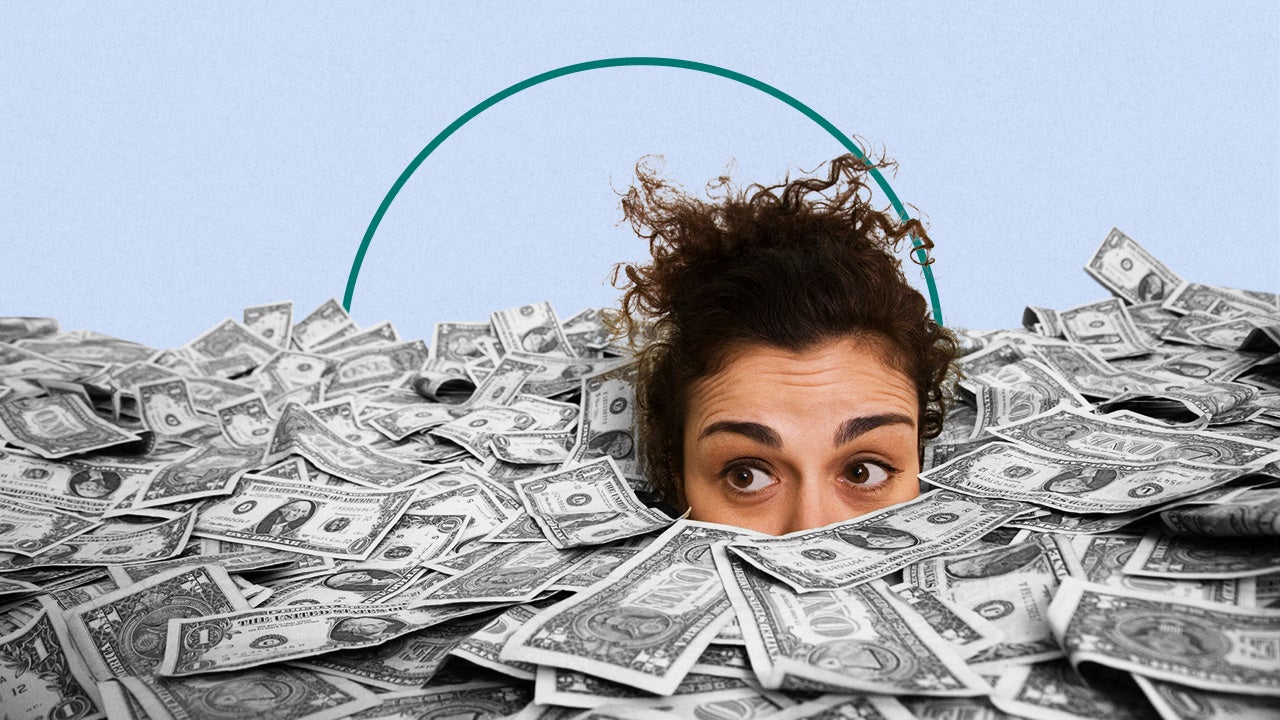Break Free: Escape the Paycheck-to-Paycheck Cycle for Good
Living paycheck to paycheck can feel like running on a treadmill—exhausting and never getting anywhere. No matter how much you make, your money seems to vanish before the next payday. But the good news? You can break the cycle. It’s not about earning more—it’s about making your money work for you. Let’s talk about how to finally take control of your finances and create real financial breathing room.
1. Face the Numbers (Yes, Even the Scary Ones)
Most people avoid looking at their bank statements because it’s stressful. But the first step to financial freedom is knowing where your money actually goes. Take an hour, sit down, and track your spending over the last three months. You might be shocked at how much you’re spending on food delivery or impulse buys. Awareness is the first step to change.
2. Pay Yourself First (Even If It’s Just $10)
Saving shouldn’t be an afterthought. The easiest way to stop the paycheck-to-paycheck struggle is to put money aside before you spend a dime. Even if it’s just $10, set up an automatic transfer to a savings account every payday. The trick? Treat it like a non-negotiable bill. Over time, these small amounts add up and give you a cushion when unexpected expenses hit.
3. Kill the Debt Drain
Debt is a financial black hole, eating up your income before you can even use it. The goal isn’t just to pay the minimum—it’s to escape. Start by listing your debts from smallest to largest (or highest interest to lowest). Pay extra toward the first one while making minimum payments on the rest. Once that’s gone, roll the payment into the next debt. This is called the Debt Snowball Method—and it works.
4. Cut Costs Without Hating Your Life
Budgeting doesn’t mean suffering. It just means being intentional. Look at your subscriptions—are you actually using all of them? Swap takeout for homemade meals a few times a week. Renegotiate bills like internet and insurance. The goal isn’t to deprive yourself but to shift spending so your money goes further.
5. Find a Second Income Stream
Relying on one paycheck is risky. Whether it’s freelancing, selling digital products, or driving for a rideshare company, having a side income can be a game-changer. Even an extra $200 a month can speed up debt payoff or boost savings. Find something that fits your skills and schedule—it doesn’t have to be a full-time hustle.
6. Build an Emergency Fund (Start Small!)
Unexpected expenses will happen. The difference between financial stress and security is having a backup. Start with a small goal—$500, then $1,000. This money is for true emergencies only, like car repairs or medical bills. When you have even a small buffer, you won’t have to rely on credit cards when life throws a curveball.
Final Thoughts
Escaping the paycheck-to-paycheck cycle isn’t about making drastic changes overnight. It’s about small, consistent steps that add up over time. Face your numbers, save automatically, reduce debt, and create extra income where you can. With the right plan, financial freedom isn’t just possible—it’s inevitable.



